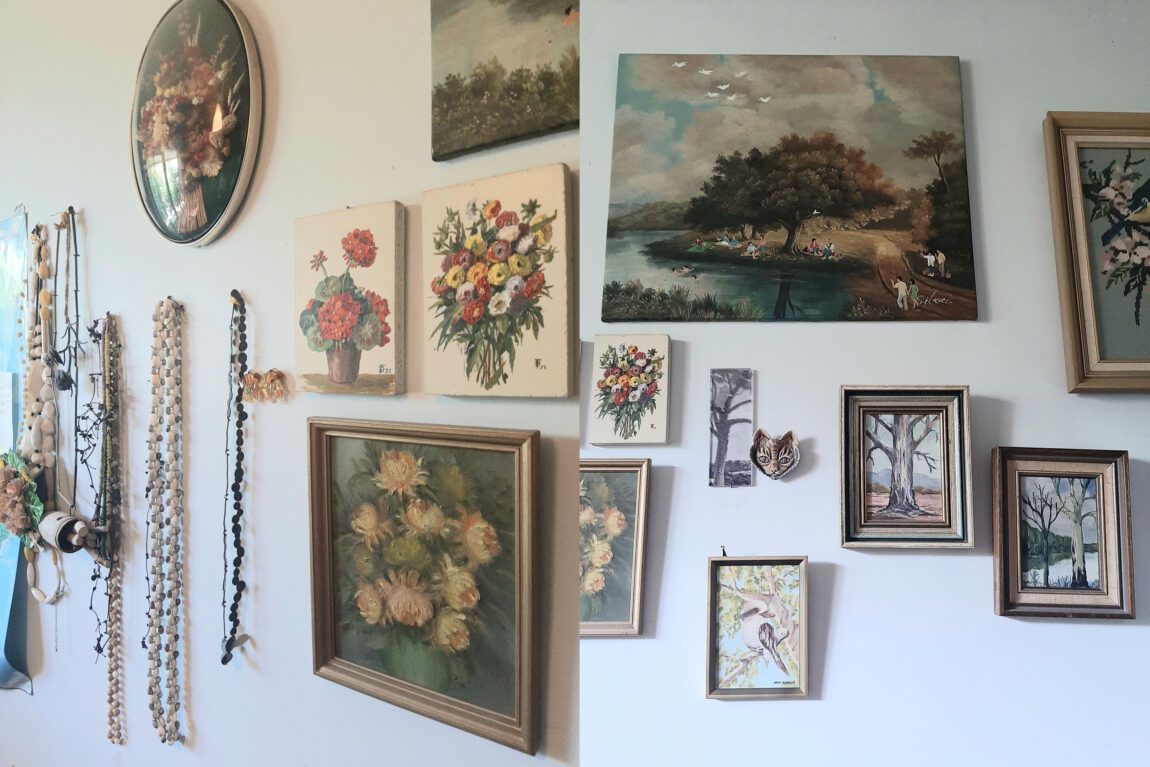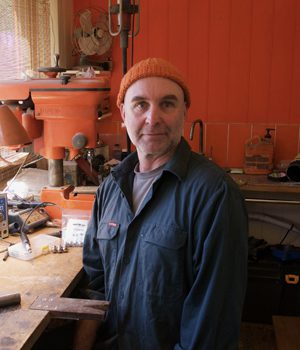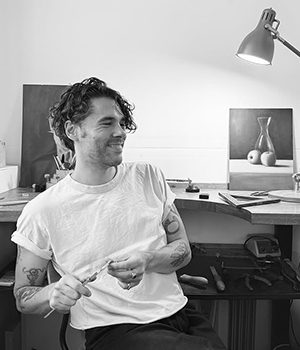In Conversation with Yuko Fujita
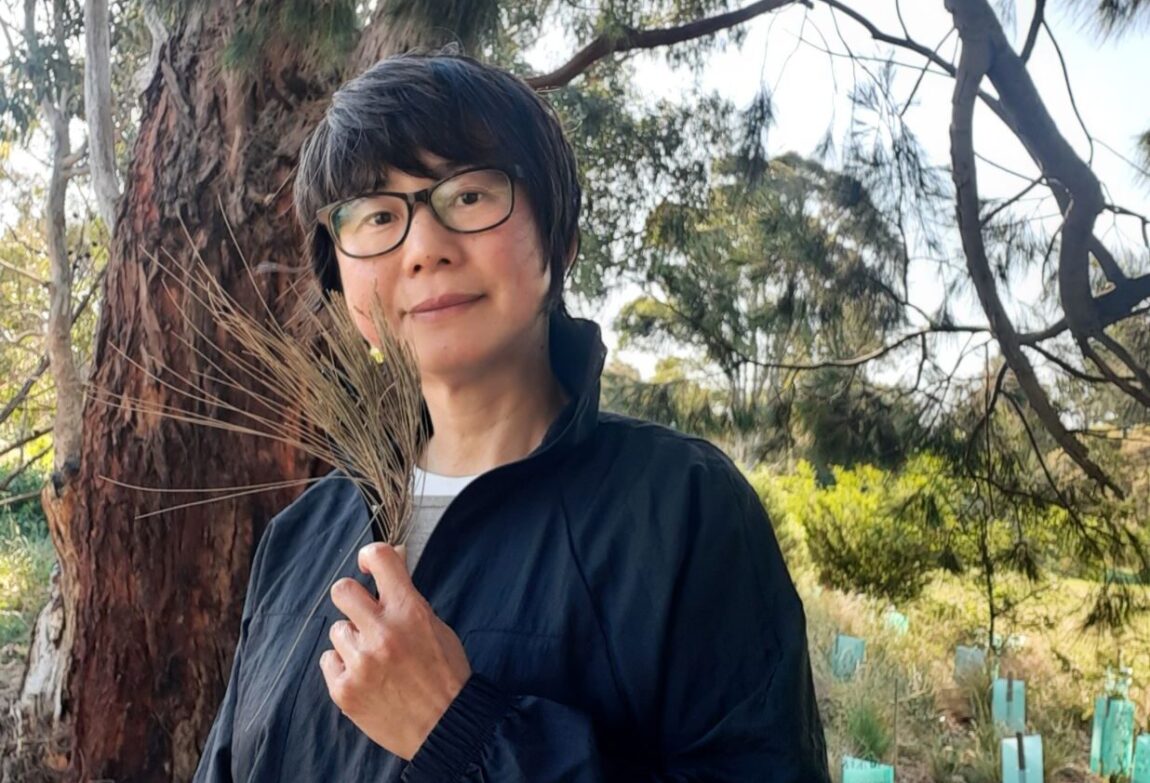
What elements do you borrow from nature to create your pieces of jewellery?
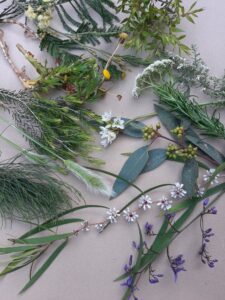
No matter the project, I borrow botanical elements—like shape, colour, texture, and even movement— to create pieces that can be worn. Because I incorporate botanical motifs, some may assume that my goal is simply to capture the beauty of nature, to transform flowers, and plants into non-perishable, enduring forms of adornment. And while it’s true that I admire flowers and plants, and I’m constantly amazed by their diversity of visual appeal and scent, my work goes beyond just preservation. I believe that natural elements have an inherent ability to connect with people from all walks of life. They resonate with us on multiple levels and for different reasons.
How do botanical motifs in your jewellery allow you to explore broader themes?
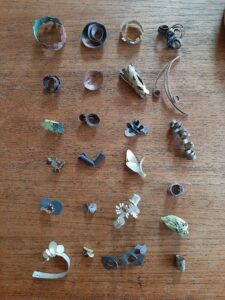
Throughout history, in all places, flowers and plants have been with us—serving practical purposes, such as tools, medicine, food, dye, and materials. People also gave them decorative and aesthetic roles. In this latter category, they often carry symbolic meanings that go beyond their visual appearance, opening the door to metaphorical and abstract ideas. This is why I believe botanical jewellery has the power to evoke deeper interpretations. It also allows me to express non-botanical themes through botanical motifs. My jewellery may be about people, places, sentimental moments, and stories we wish to share or messages intended for someone.
What is your perspective on the creative process of making jewellery, and can you tell us about the story telling you incorporate into your work?
For me, the process of creating jewellery is much like writing. It’s about selecting the right words—but in my case, those “words” are the elements I extract from botanical forms, which I weave together to create a visual narrative. Unlike spoken or written language, jewellery doesn’t have rigid boundaries. The stories told through jewellery can go beyond borders, as long as they maintain a common thread that connects us. My aim is to create metaphorical pieces in botanical form that invite the viewer or wearer to engage with them in their own way, leaving them open to personal interpretation.
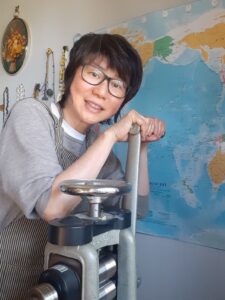
How do you approach the beginning of a new collection?
When it comes to choosing a plant for my work, the selection is often random, based on what visually captures my attention or leaves a strong impression. Sometimes, the plant holds a particular symbolic meaning, or it may play a significant role in a book, painting, or film. Once I’ve chosen the plant, I observe it closely and begin to extract, exaggerate, or simplify certain elements. These elements aren’t limited to the plant’s shape—any aspect, even the place where it grows, how we interact with it, can be a part of the elements.
How do your observations of nature influence your understanding of the world?
I perceive the world—whether it’s a single object or an event—as being made up of layers of simple, fundamental elements, when these elements come together, they create a complex, unique, and often unexpected reality. This, in turn, leads each of us to experience things in our own way, through our own lens.
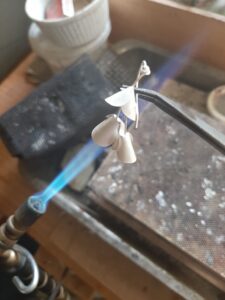
This perspective took root in my observations of botanical forms in nature. Traveling and living overseas confirmed this outlook for me: everywhere you go, you notice the diversity of plants in the landscape and people from place to place. Plants, for instance, share basic elements, yet they grow and develop differently based on the environment. And although people live different lives, we still have so much in common. Yet, at the same time, we often perceive the same things quite differently from one another.
What influences shaped your perspective on art?
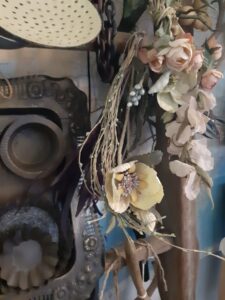
My mother was a significant influence on my approach. She was a plant lover and used to make bouquets from fabric. I remember watching her take a sheet of fabric—colour them, cut them, iron them, shape them—and then assemble them into beautiful bouquets. The process revealed that, even though all the small parts of a flower were present, each was slightly different, and when they were put together, they formed unique, individual flowers. Watching this transformation was truly fascinating. This realisation has become the foundation of my artistic practice.
In addition to these early influences, my background in studying literature, my Japanese heritage (with aesthetics such as haiku and wabi-sabi), and my work as an illustrator have all helped me to observe and interpret the shapeless, the ambiguous—things like emotions and images—in new ways. Through my art, I aim to express these intangible aspects in a way that feels both personal and universal.
Click here to view Yuko’s new arrivals and full collection.
